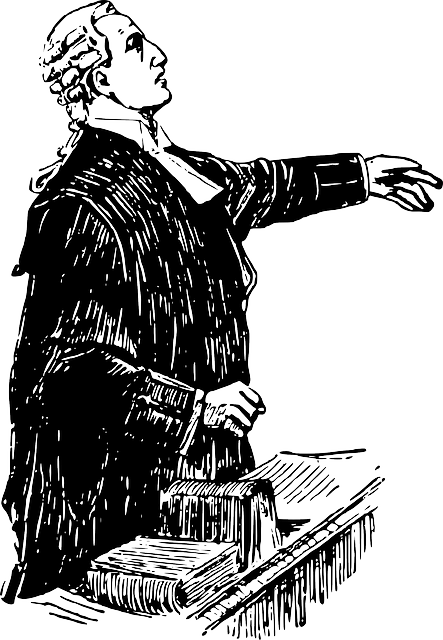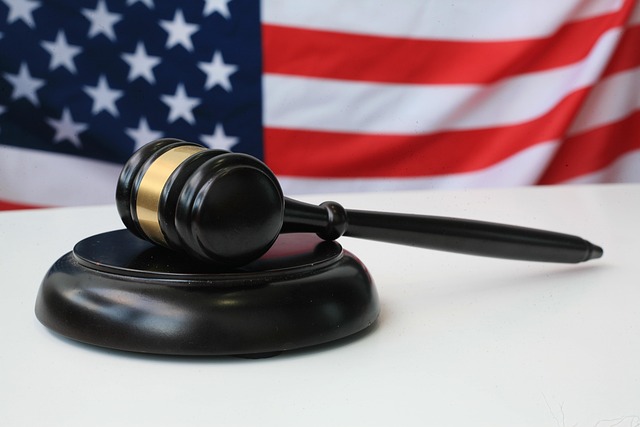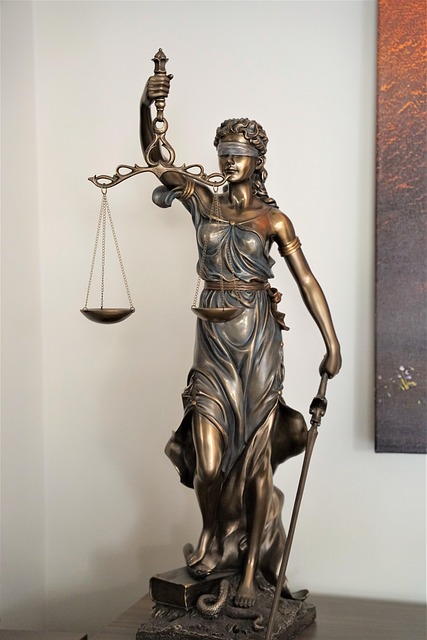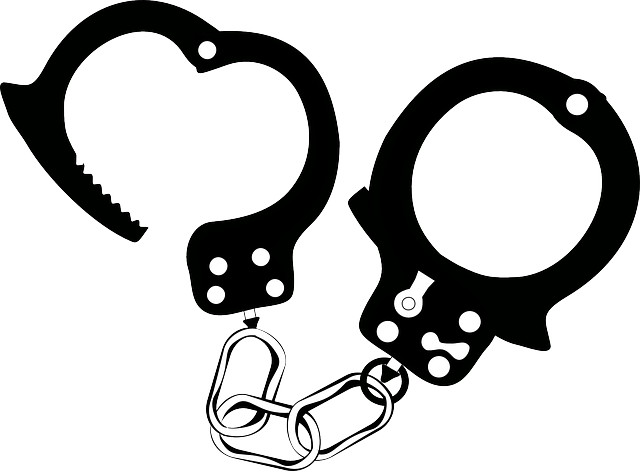Public corruption charges through securities exchange regulation significantly damage public trust, economies, and democracies. High-profile cases like Enron's 2001 bankruptcy due to accounting fraud and bribery highlight the need for robust regulatory standards and ethical corporate governance. Global issues such as insider trading by top officials necessitate strict surveillance and enforcement mechanisms. Effective prevention requires a multi-faceted approach including oversight, transparency, and collaboration between regulatory bodies, law enforcement, and civil society organizations, as illustrated by Case Studies in Securities Exchange Regulation.
Public corruption charges are a serious issue with profound implications for society. This article delves into the intricate world of public corruption, exploring its definition, impact, and various manifestations globally. Through in-depth case studies like Enron Corporation, we analyze historical perspectives, while examining successful strategies for prevention and enforcement from around the world, focusing on lessons learned in securities exchange regulation. Understanding these dynamics is crucial for fostering transparency and accountability.
- Understanding Public Corruption Charges: Definition and Impact
- Case Study 1: Enron Corporation – A Historical Perspective
- Global Examples: Case Studies from Different Countries
- Strategies for Prevention and Enforcement: Lessons Learned
Understanding Public Corruption Charges: Definition and Impact

Public Corruption Charges refer to allegations of illicit behavior by public officials or those with significant influence over governance. This includes acts such as bribery, fraud, abuse of power, and misappropriation of public funds for personal gain. The impact of these charges is profound, undermining public trust in institutions, damaging the economy, and eroding democratic principles. Understanding these charges involves recognizing their far-reaching consequences not just on individuals but on society at large.
Case Studies in Securities Exchange Regulation highlight instances where white collar defense strategies have been employed to navigate complex legal landscapes. Accused individuals often rely on winning challenging defense verdicts through jury trials to clear their names and protect their rights. These high-stakes battles require meticulous investigation, robust legal arguments, and a deep understanding of both the facts and the law, showcasing the intricate interplay between public corruption charges and the pursuit of justice.
Case Study 1: Enron Corporation – A Historical Perspective

The collapse of Enron Corporation stands as a stark reminder of the devastating impact public corruption charges can have on a company and its stakeholders. As one of the most significant corporate scandals in U.S. history, Enron’s demise was marked by accounting fraud, bribery, and an intricate web of complex financial structures that ultimately led to its bankruptcy in 2001. This case study highlights the crucial role of securities exchange regulation and serves as a cautionary tale for businesses navigating high-stakes cases.
Enron’s rise and fall offer valuable insights into the dynamics of corporate governance and ethical failures. Through aggressive accounting practices and strategic manipulation, executives misrepresented the company’s financial health, luring investors with false promises. This fraudulent behavior, coupled with undisclosed conflicts of interest, resulted in a crisis that shattered not only Enron’s reputation but also shattered trust in the financial markets. In light of this historical perspective, understanding the intricacies of public corruption charges and their potential ripple effects is essential for any respective business aiming to maintain integrity and comply with evolving regulatory standards.
Global Examples: Case Studies from Different Countries

Public corruption charges are a global concern, with various countries facing challenges related to securities exchange regulation. Case studies from different nations offer valuable insights into the complex landscape of combating corruption. For instance, in one prominent example, a high-profile case involved top officials at a major financial institution accused of insider trading and market manipulation. This scandal not only shook the country’s financial sector but also highlighted the importance of robust surveillance and enforcement mechanisms.
These cases often involve intricate financial schemes, where individuals abuse their positions for personal gain. Through thorough investigations, many countries have successfully prosecuted these offenses, demonstrating the effectiveness of strict regulations. The process encompasses all stages of investigative and enforcement efforts, from financial analytics to gathering evidence and presenting it in court. This includes understanding complex financial instruments and international transactions, which require collaboration between regulatory bodies, law enforcement agencies, and even philanthropic and political communities, ensuring comprehensive oversight while maintaining the integrity of general criminal defense strategies.
Strategies for Prevention and Enforcement: Lessons Learned

Preventing and enforcing public corruption charges requires a multi-faceted approach, as evidenced by case studies in securities exchange regulation. One effective strategy is robust oversight and transparency mechanisms. This includes implementing strict accounting practices and enhancing disclosure requirements for public officials and companies involved in financial transactions. By making information more accessible to the public, it becomes easier to identify anomalies that could point to corrupt activities.
Additionally, collaboration between regulatory bodies, law enforcement agencies, and civil society organizations plays a crucial role. Sharing intelligence and best practices across all stages of the investigative and enforcement process enables a more comprehensive understanding of corruption networks. This collaborative effort ensures that corporate and individual clients are held accountable for their actions, fostering a culture of integrity and deterring future misconduct.
Public corruption charges, as exemplified through case studies like Enron and global examples, underscore the profound impact of unethical practices on economies and societies. Understanding these charges is crucial for navigating the complex landscape of securities exchange regulation. By studying historical incidents and implementing effective prevention strategies, we can foster a more transparent and accountable global marketplace. Case studies in securities exchange regulation reveal critical lessons learned, offering a roadmap to enhance enforcement efforts and mitigate corruption risks.






